A Taste of Denmark: Our Culinary Adventure in Copenhagen (Budget-Friendly)
As we touched down in Copenhagen, Tess and I couldn't contain our excitement. Our journey to this Nordic culinary paradise had begun, and we were ready to explore every flavor Denmark had to offer. Thanks to Expedia, we'd managed to snag some cheap flights to Denmark, leaving us with more kroner to spend on the local delicacies we'd been dreaming about.
TRAVEL
Michael
7/21/202417 min read
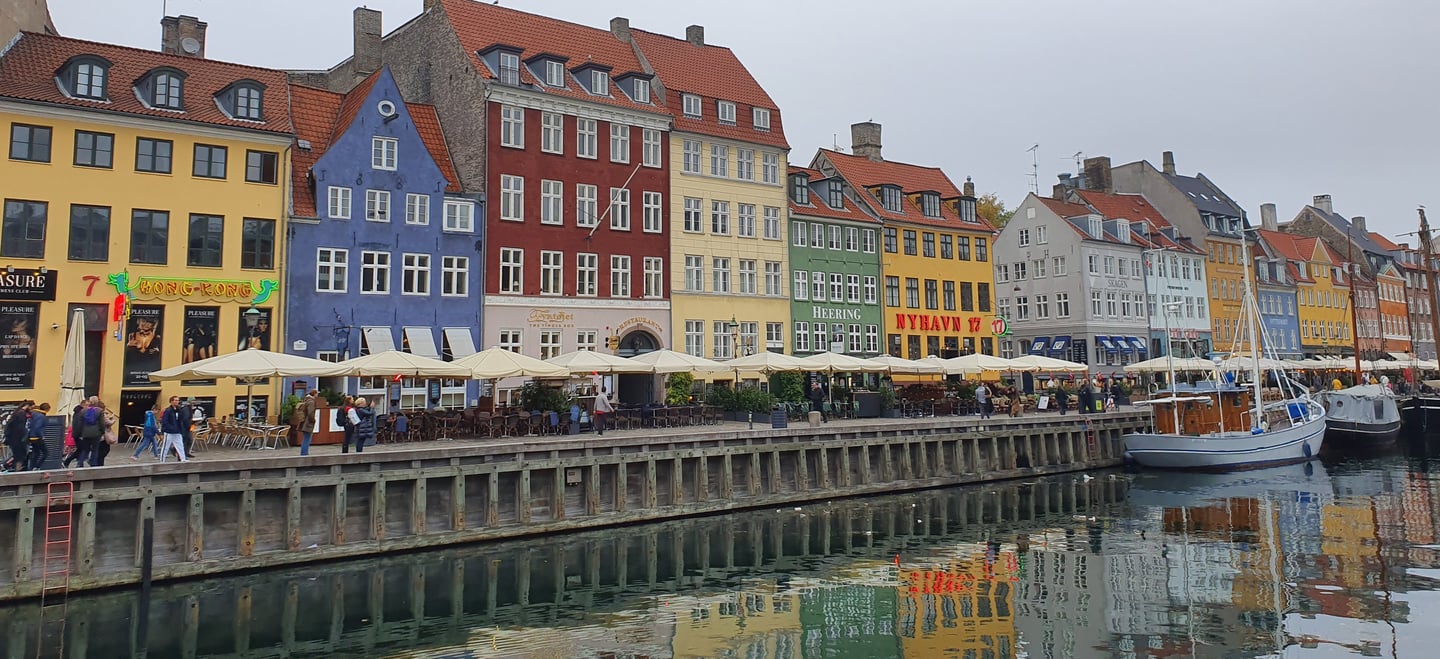

A Taste of Denmark: Our Culinary Adventure in Copenhagen and Beyond
Day 1: Arrival in Copenhagen
As we touched down in Copenhagen, Tess and I couldn't contain our excitement. Our journey to this Nordic culinary paradise had begun, and we were ready to explore every flavor Denmark had to offer.
After collecting our bags, we headed straight to our hotel in the heart of Copenhagen. The hotel was perfectly located, just a stone's throw from Nyhavn, the iconic colorful harbor that graces so many postcards.
Eager to start our culinary adventure, we dropped off our bags and set out to explore. The crisp autumn air filled our lungs as we strolled along the cobblestone streets, taking in the sights and smells of the city. Our first stop? A traditional Danish smørrebrød restaurant.
As we sat down at a cozy table, the waiter explained the art of smørrebrød – open-faced sandwiches that are a staple of Danish cuisine. We ordered a selection to share: herring with dill and capers, rare roast beef with remoulade, and egg and shrimp with mayonnaise. Each bite was a revelation, the flavors perfectly balanced and the rye bread providing a hearty base.
With our appetites satisfied for the moment, we wandered through the streets, making mental notes of all the restaurants and cafes we wanted to try during our stay. As the sun began to set, we found ourselves drawn to a small wine bar. The sommelier introduced us to some excellent Danish wines – yes, Denmark produces wine! – and we toasted to the beginning of what promised to be an unforgettable culinary journey.
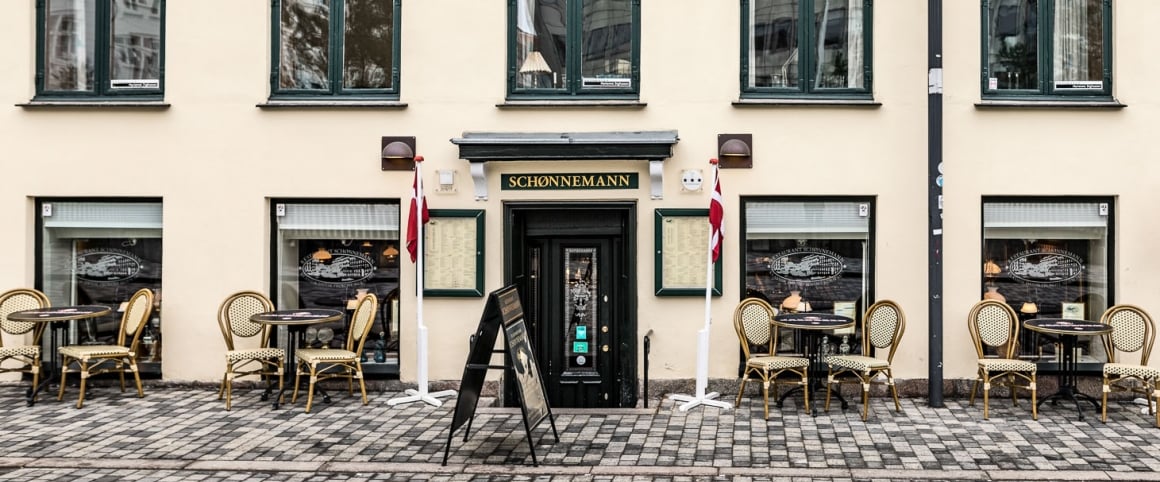

Day 2: Exploring Copenhagen's Food Scene
We woke up early, excited to dive deeper into Copenhagen's food scene. After a quick breakfast at our hotel , we set off for the famous Torvehallerne food market.
Torvehallerne is a food lover's paradise. The market houses over 60 stands selling everything from fresh produce to gourmet chocolates. We sampled our way through the market, trying Danish cheeses, charcuterie, and freshly baked pastries. The highlight was definitely the kanelsnegl (cinnamon roll) from one of the local bakeries – it was so good, that we went back for seconds!
For lunch, we decided to dive deep into traditional Danish cuisine at the renowned Restaurant Schønnemann. This historic establishment, dating back to 1877, is a Copenhagen institution known for its exceptional smørrebrød and classic Danish dishes.
As we entered Schønnemann, we were immediately struck by its cozy, old-world charm. The wood-paneled walls and vintage decorations transported us back in time, setting the perfect ambiance for our traditional Danish meal.
We started with their famous aquavit, a Scandinavian spirit flavored with caraway or dill. The waiter guided us through their extensive aquavit menu, helping us choose varieties that would complement our meal.
For our main course, we indulged in a selection of their famous open-faced sandwiches. The "Dyrlægens Natmad" (Veterinarian's Midnight Snack) was a delightful combination of liver pâté, salted beef, and beef aspic on dark rye bread. We also tried the "Rullepølse" (spiced meat roll) and the "Fiskefilet" (breaded plaice fillet with remoulade). Each smørrebrød was a work of art, beautifully presented and bursting with flavors that spoke to centuries of Danish culinary tradition.
The highlight was their herring platter, featuring three different preparations of this quintessential Danish fish. The curry herring was a particular favorite, its creamy sauce perfectly balancing the fish's natural brininess.
We finished our meal with a slice of their homemade "Citronfromage" (lemon mousse), a light and refreshing end to a hearty meal. As we sipped our post-lunch coffee, Tess and I agreed that this lunch at Schønnemann had given us a true taste of classic Danish cuisine, and a deeper appreciation for the culinary heritage of Copenhagen.
Stepping out of Schønnemann, we felt we had experienced a vital piece of Danish food culture. This meal set the tone for our culinary exploration of the city, grounding us in tradition before we ventured into Copenhagen's more modern and experimental food scene.
In the afternoon, we took a food tour of the trendy Vesterbro neighborhood. Our guide introduced us to some of the area's best kept culinary secrets, including a tiny shop selling the most incredible flødeboller (chocolate-covered marshmallow treats) I've ever tasted.
As evening fell, we found ourselves at Noma, often hailed as one of the best restaurants in the world. The meal was nothing short of extraordinary – a three-hour culinary odyssey that pushed the boundaries of what we thought food could be. From sea urchin and hazelnuts served in a beeswax bowl to a dessert that looked like a pot plant but tasted like the essence of Danish summer, every dish was a work of art.
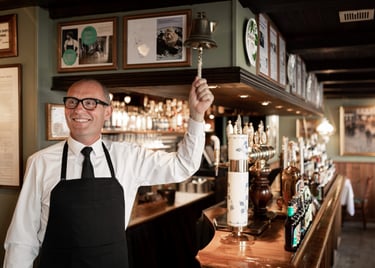

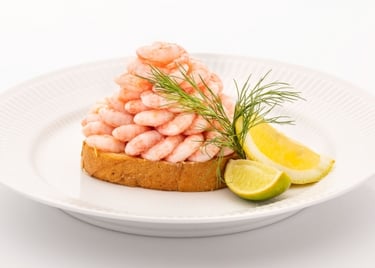

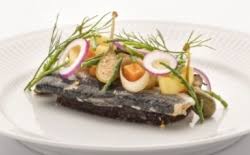

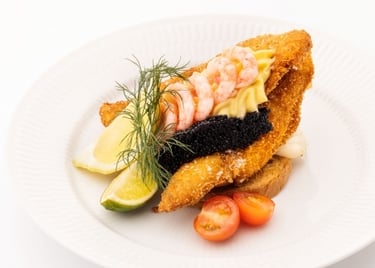

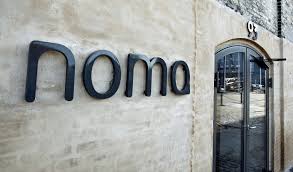


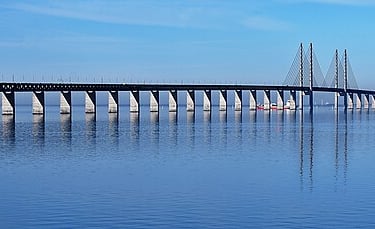
Day 3: Day Trip to Malmö
Today marked an exciting deviation from our Copenhagen exploration as we prepared for a day trip to Malmö, Sweden. We picked up our rental car early in the morning, ready for our cross-country adventure.
The drive to Malmö was an experience in itself. As we approached the famous Øresund Bridge, excitement built in the car. This architectural marvel, an 8-kilometer-long combination of bridge and tunnel, connects Denmark and Sweden, and driving across it felt like we were literally bridging two culinary cultures. The journey offered breathtaking views of the Øresund Strait, with the vast expanse of the sea stretching out on both sides. We could see the Swedish coastline growing closer, promising new flavors and experiences.
Upon arriving in Malmö, we made our way to the Saluhall, a food lover's paradise housed in a stunning Art Nouveau building. The market's architecture alone was worth the visit, with its high ceilings, intricate detailing, and floods of natural light creating an almost cathedral-like atmosphere for food worship.
Inside, we were greeted by a cornucopia of Swedish delicacies. The market was a sensory overload, with the sights, smells, and sounds of bustling food stalls filling the air. We took our time exploring each vendor, sampling as we went. The gravlax, a cured salmon dish, was a standout - silky in texture with a delicate balance of dill and salt. We also tried knäckebröd, a crispy Swedish crispbread that we learned is a staple in many Swedish homes.
Other delights we sampled included:
Västerbottensost, a hard cow's milk cheese with a complex, tangy flavor
Kanelbullar, Swedish cinnamon rolls that gave Danish pastries a run for their money
Lingonberry jam, a sweet-tart spread that we learned goes with everything from meatballs to pancakes
We picked up supplies for a picnic lunch, including some smoked fish, more of that delicious knäckebröd, and a variety of Swedish cheeses and charcuterie.
With our picnic basket full, we headed to Kungsparken, Malmö's oldest park. The green space was a perfect spot to enjoy our Swedish treats, offering a mix of open lawns, mature trees, and picturesque canal views. We found a sunny spot and laid out our spread.
As we ate, we observed the locals going about their day - families playing, friends chatting, and individuals finding quiet moments in nature. It was a chance to soak in the Swedish lifestyle and compare it to what we'd experienced in Copenhagen.
The contrast between Danish and Swedish cuisine, while subtle, was indeed noticeable. The flavors in Malmö seemed to lean a touch sweeter, with more emphasis on berries and other fruit flavors. The textures, too, were slightly different - the breads denser, the fish preparations varying in technique. It was fascinating to experience these nuances firsthand.
After our leisurely picnic and a stroll around the park, we spent some time exploring Malmö's charming streets, noting the differences in architecture and city layout compared to Copenhagen.
As evening approached, we made our way to Vollmers, a two-Michelin-starred restaurant that had come highly recommended for its showcase of Scanian cuisine. The restaurant's minimalist yet warm interior set the stage for what would be a memorable dining experience.
The tasting menu at Vollmers was a beautiful journey through the region's flavors. Each dish told a story of Skåne's terroir, showcasing local ingredients in innovative ways. We started with a delicate langoustine dish, the sweet flesh of the crustacean perfectly complemented by fermented asparagus, offering a tangy contrast.
Other standout dishes included:
A lamb dish with ramson (wild garlic) and pine, which brought the flavors of Scandinavian forests to our plates
A playful take on the traditional Swedish dish of potatoes and onions, elevated with caviar and a smoked cream
A dessert featuring local berries and herbs that was both familiar and surprising
What fascinated us most was comparing this meal with our experience at Noma in Copenhagen. Both restaurants showcased Nordic cuisine, but each had its distinct personality. Where Noma leaned more experimental and avant-garde, Vollmers seemed to keep closer ties to traditional flavors while elevating them with modern techniques.
As we drove back to Copenhagen that night, crossing the Øresund Bridge once again, Tess and I reflected on how much ground - both literal and culinary - we'd covered in just one day. Our trip to Malmö added new depths to our understanding of Scandinavian cuisine, highlighting both the similarities and the unique characteristics of Swedish and Danish food cultures.
As we returned to our Copenhagen hotel, we were already excited to see what the rest of our Danish food journey would bring.
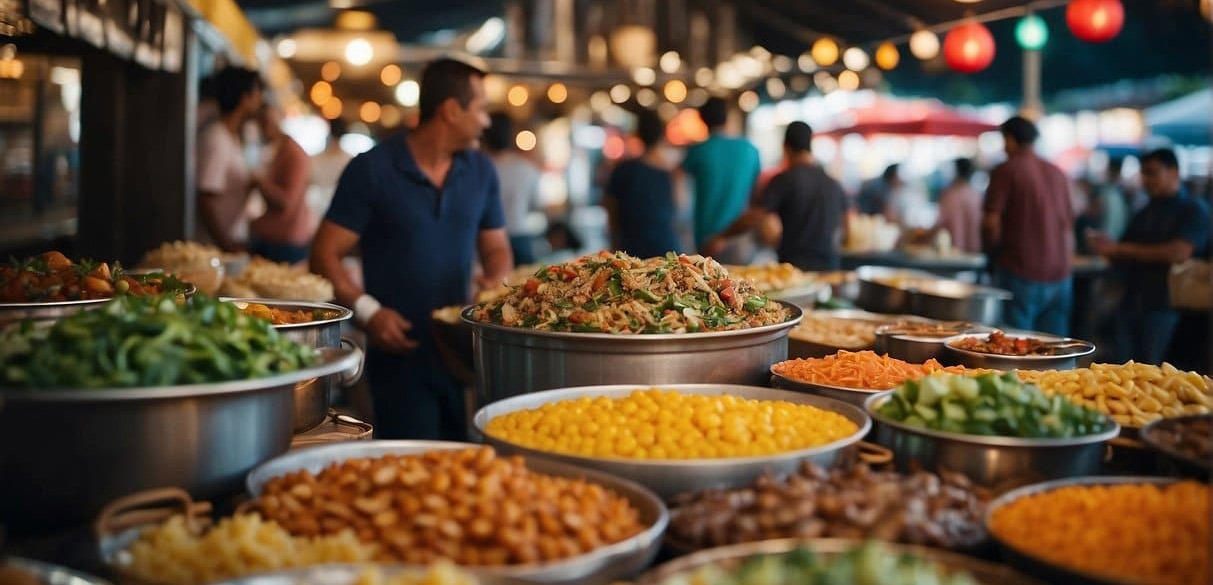

Day 4: Copenhagen's Street Food Scene
Back in Copenhagen, we decided to explore the city's vibrant street food scene. Our first stop was Reffen, an outdoor street food market known for its eclectic mix of over 50 stalls representing cuisines from around the world. The market, set against a picturesque waterfront backdrop, offered a lively atmosphere perfect for food enthusiasts. Although tempted by the international options, we focused on Danish offerings. We indulged in traditional hot dogs from an organic pølsevogn (hot dog stand), savoring the unique flavors of the locally sourced ingredients. Next, we enjoyed crispy fish and chips made with the freshest local catch, a testament to Denmark's rich seafood heritage. Of course, we couldn't miss the chance to have more smørrebrød, the classic open-faced sandwiches that are a staple of Danish cuisine, each bite a delightful combination of textures and flavors.
In the afternoon, we took a canal tour, providing us with a unique perspective of the city. As we cruised through the scenic waterways, our guide pointed out famous restaurants and food-related landmarks, sharing interesting stories and historical insights. This leisurely journey not only showcased Copenhagen's beautiful architecture and picturesque canals but also highlighted its rich culinary landscape.
For dinner, we opted for something a bit more upscale and headed to Restaurant Barr. This renowned establishment, located in Noma's old space, specializes in the cuisine of the North Sea region. The ambiance was warm and inviting, with a rustic yet modern interior. We feasted on schnitzel, meatballs, and waffles, each dish meticulously crafted and elevated to gourmet status. The meal was perfectly complemented by a selection of excellent craft beers, enhancing the flavors of the North Sea-inspired cuisine. It was a fitting end to a day of culinary exploration, leaving us with a deeper appreciation for Copenhagen's dynamic food scene.


Day 5: Day Trip to Odense
On a crisp morning, we embarked on a delightful journey to Odense, the enchanting birthplace of Hans Christian Andersen. The mere mention of his name evoked childhood memories of fairy tales, but today, our excitement extended beyond folklore. Odense had something more tantalizing to offer: an emerging food scene that promised culinary delights.
Our first stop was Storms Pakhus, a repurposed warehouse now bustling with gastronomic energy. Here, we indulged in frikadeller, those quintessentially Danish meatballs, and savored a contemporary twist on the classic Danish hot dog. The young chefs behind the counters were culinary visionaries, infusing tradition with innovation. Odense was unmistakably etching its mark on Denmark’s culinary map, one delectable bite at a time.
For dinner, we had secured a coveted reservation at Restaurant Aro. This establishment was a temple of local, seasonal ingredients—a commitment that resonated with our food-loving hearts. The chef’s tasting menu unfolded like a love letter to Funen’s culinary heritage. Picture this: smoked eel adorned with jewel-like beetroot and fiery horseradish, followed by succulent pork belly paired with Jerusalem artichokes and delicate mustard seeds. Each plate was a canvas of flavors, a symphony of textures—a celebration of the land and its bounty.
As the sun dipped lower, casting a warm glow over the cobblestone streets, we made a final detour before returning to Copenhagen. Odense’s legendary Ingrid Marie apple orchards beckoned us. Among the gnarled trees, we plucked crisp apples, their fragrance mingling with the earthy scent of fallen leaves. But it wasn’t just the fruit that captured our attention. We discovered local apple products—a tantalizing array of preserves, ciders, and even a bottle of apple brandy. Anticipation danced in our hearts; we couldn’t wait to savor this liquid essence of Odense, a sweet souvenir of our unforgettable day.
And so, with bellies content and memories etched, we bid farewell to Odense, promising to return. For this charming city had woven itself into our story, leaving behind flavors, tales, and a hunger for more.

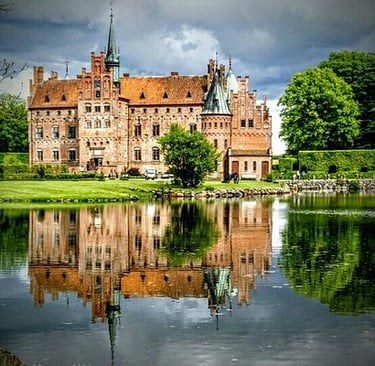

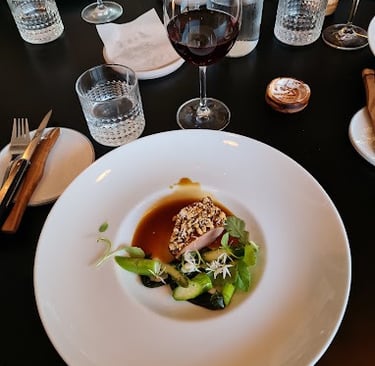
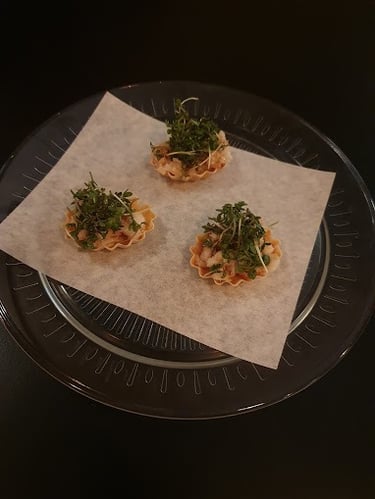

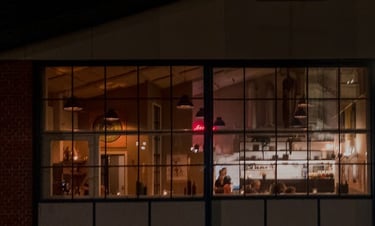

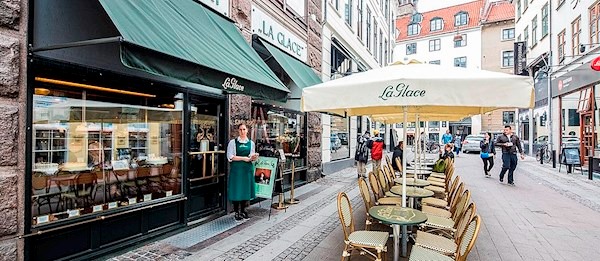

Day 6: Copenhagen's Coffee and Pastry Scene
No culinary tour of Copenhagen would be complete without diving into its renowned coffee and pastry scene. We started our day at La Glace, Copenhagen's oldest confectionery, which has been delighting patrons since 1870. The elegant interior, filled with vintage charm, set the perfect stage for sampling their exquisite layer cakes. Each slice was a masterpiece, intricately decorated and bursting with rich, indulgent flavors. We also savored their famous hot chocolate, a luxurious concoction so thick and creamy that it could hold a spoon upright, making for a decadent start to our morning.
Next, we embarked on a coffee shop tour, visiting some of Copenhagen's most celebrated coffee establishments. Our first stop was The Coffee Collective, a pioneer in the city's specialty coffee scene. Here, we experienced their meticulous approach to coffee, from sourcing high-quality beans to their precise brewing techniques. The result was a cup of coffee that was both complex and delightful. Later that morning we headed to Democratic Coffee, known for its cozy atmosphere and dedication to artisanal coffee. Each coffee shop had its own unique approach to roasting and brewing, and we left caffeinated and inspired, having gained a deeper appreciation for the art of coffee-making.
For lunch, we couldn't resist returning to Torvehallerne, the bustling food market we had visited earlier in our trip. This time, we decided to explore some more adventurous toppings for our smørrebrød. We tried smoked eel, which offered a rich and smoky flavor, and chicken salad with bacon, a delightful combination of savory and creamy. Each bite was a testament to the versatility and creativity of Danish cuisine, and the vibrant market atmosphere added to the experience.
In the afternoon, we participated in a pastry workshop at a local bakery, eager to learn the secrets behind Denmark's famous pastries. The workshop was both educational and hands-on, as we discovered the intricacies of making flaky, buttery pastries from scratch. The process was more complex than we had imagined, involving precise measurements and careful folding techniques, but the effort was well worth it. By the end of the class, we had crafted our own delicious Danish pastries, which we proudly boxed up to take home. The still-warm treats were a sweet reward for our hard work and a memorable souvenir of our culinary adventure.
For our last dinner in Copenhagen, we chose Høst, a restaurant that embodies the New Nordic cuisine movement. The dining experience at Høst was nothing short of extraordinary. The restaurant's minimalist decor, with natural wood and earthy tones, reflected the simplicity and purity of the food. Each dish was a perfect synthesis of everything we had learned about Danish food over the past few days – simple yet sophisticated, deeply connected to the land and sea. We enjoyed a series of beautifully presented courses, each showcasing seasonal ingredients and innovative flavor combinations. The meal was a fitting conclusion to our culinary journey, encapsulating the essence of Danish gastronomy and leaving us with lasting memories of Copenhagen's vibrant food scene.

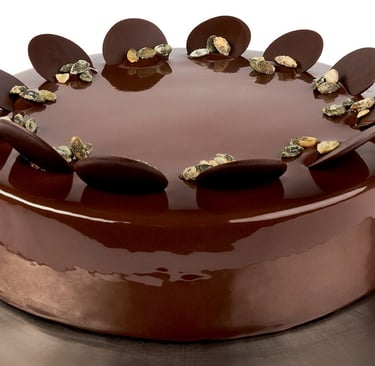
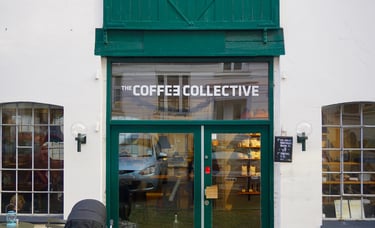

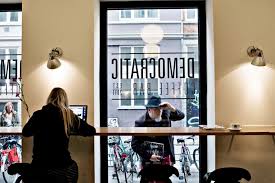

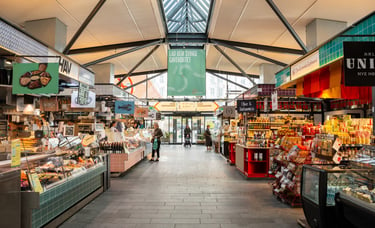

Torvehallerne

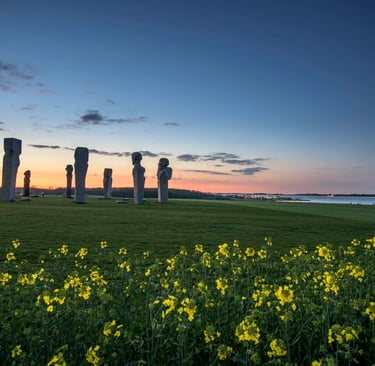
Day 7: Day Trip to Falster and Lolland
For our final day, we decided to explore the islands of Falster and Lolland. These lesser-known destinations offered a glimpse into rural Danish life and cuisine.
On Falster, we visited a small cheese producer who showed us the process of making traditional Danish cheeses. We sampled several varieties, from creamy blue cheeses to sharp, aged ones. The highlight was a cheese aged in beer, a specialty of the region.
For lunch, we stopped at a roadside stand selling freshly caught fish. We enjoyed simple but incredibly fresh fish and chips while sitting on a bench overlooking the Baltic Sea.
On Lolland, we visited Krenkerup Brewery, one of Denmark's oldest breweries. We toured the facilities and tasted several of their craft beers, each paired with local specialties like smoked meats and pickled vegetables.
Our final meal of the trip was at Restaurant Ö, a hidden gem on the island of Lolland. This charming establishment has made a name for itself by showcasing the best of local, seasonal ingredients in creative and delicious ways.
As we entered Restaurant Ö, we were immediately struck by its warm, inviting atmosphere. The dining room, with its rustic-chic decor and views of the surrounding countryside, perfectly set the stage for our culinary finale.
The menu at Ö changes regularly based on what's fresh and available, emphasizing the bounty of Lolland and the surrounding waters. We opted for the tasting menu, eager to experience the chef's vision of Lolland's terroir.
Our meal began with a series of small bites that highlighted local seafood - a delicate mussel soup, followed by a tartare of freshly caught fish served with herbs foraged from nearby fields. Each dish was a testament to the quality of ingredients found in this often-overlooked corner of Denmark.
The main courses continued to impress. We savored perfectly cooked local lamb served with seasonal vegetables, each element on the plate singing with flavor. A dish of wild duck with beetroot and blackberries showcased the interplay between land and forest that defines much of Lolland's landscape.
What truly set Restaurant Ö apart was their commitment to using every part of their ingredients. A side dish of crispy potato skins turned what might have been kitchen waste into a delicious, textural component of the meal.
Dessert was a celebration of Lolland's fruit orchards - a composition of local apples prepared in various ways, from a silky sorbet to a crisp tuile, tied together with a subtle vanilla cream.
The wine pairing, featuring both international selections and some surprising local Danish wines, complemented each course perfectly.
As we finished our meal, the chef came out to chat with diners. His passion for Lolland's produce and his dedication to supporting local farmers and producers were evident in every word he spoke.
Driving back to Copenhagen, Tess and I reflected on how this meal at Restaurant Ö had been the perfect conclusion to our culinary tour of Denmark. It embodied everything we had come to love about Danish cuisine - respect for ingredients, creativity in preparation, and a deep connection to the land and sea.
This final dinner not only represented the terroir of Lolland but also encapsulated the evolution of Danish cuisine we had witnessed throughout our journey - rooted in tradition yet unafraid to innovate, always with a focus on quality and sustainability.
From high-end restaurants to street food markets, from traditional dishes to innovative cuisine, we experienced the full spectrum of Danish gastronomy.
As we packed our bags that night, ready for our flight home the next day, we realized that we had fallen in love not just with Danish food, but with the entire Danish approach to life. The emphasis on quality ingredients, the respect for tradition balanced with a willingness to innovate, and the joy of sharing good food with others – these were lessons we would take home with us.
Our taste buds had been awakened, our culinary horizons expanded, and our appreciation for Danish cuisine had grown immeasurably. As we drifted off to sleep, we were already planning our next foodie adventure. But for now, we were content, our bellies full and our hearts warm with memories of our Danish culinary odyssey.


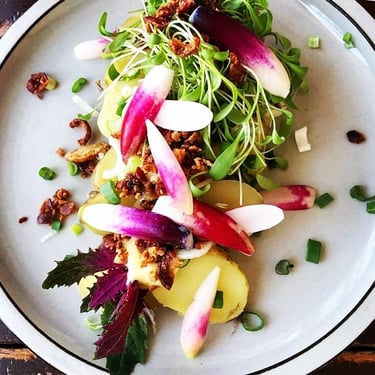

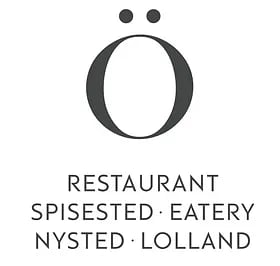

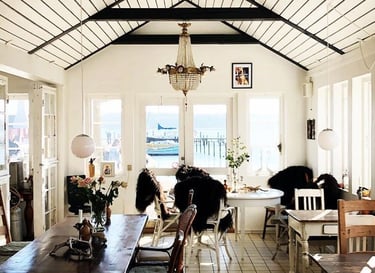

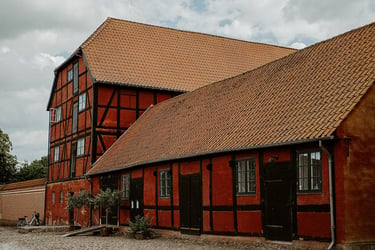

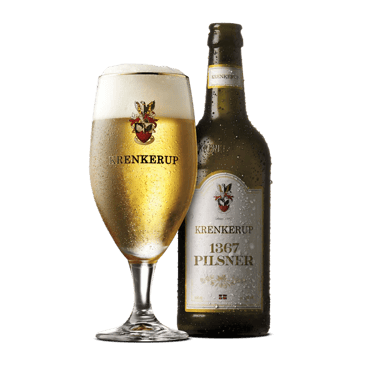



Welcome to my Designs
Welcome to a world of creative expression! Based in the heart of Copenhagen but reaching customers worldwide, I bring over 500 unique designs to life on t-shirts, hoodies, mugs, and more. Passionate about graphic design, I combine Nordic inspiration with global appeal to offer stylish, high-quality merchandise through Shopify/Printify and Teepublic. Whether you’re looking for a cozy sweatshirt or a personalized candle, each product is crafted to make everyday moments extraordinary.
Explore, express, and enjoy!
Welcome to my world of creative expression! Based in the heart of Copenhagen but reaching customers worldwide, I bring over 500 unique designs to life on t-shirts, hoodies, mugs, and more. Passionate about graphic design, I combine Nordic inspiration with global appeal to offer stylish, high-quality merchandise through Shopify/Printify and Teepublic. Whether you’re looking for a cozy sweatshirt or a personalized Coffee Mug, each product is crafted to make everyday moments extraordinary.
Explore, express, and enjoy!
Advertisment for our Merchndise Shop














